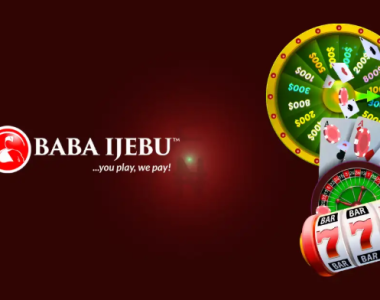Why Does Judo Remain One Of The Most Underrated Martial Arts?
Judo is often overlooked, silent, yet incredibly powerful – similar to a lion taking a gentle nap. Obstacles cannot hinder anyone who chooses to unleash their potent, untamed judo potential. Unlike taekwondo, power-packed judo does not strive for recognition through flash vicious kicks and horrifying knockouts; rather, it promotes control, balance, and leverage – the finest tools to dominate an opponent while maintaining their well-being. Even though judo is an Olympic sport taught around the world, it is often overshadowed by its more popular counterparts, which is quite a shame. Nevertheless, it is those who have dabbled in learning judo who acknowledge it as a hidden treasure, even if they seldom speak of it.
Deep Roots and Olympic Legacy
Created by Jigoro Kano in 1882, Judo became an Olympic sport in 1964. It focuses on using an opponent’s energy against them, making it one of the most strategic forms of martial arts. Many sports enthusiasts who admire its philosophy also enjoy exploring platforms like MelBet using the link below to follow or bet on major martial arts events. Unlike other martial arts, Judo rewards skill, precision, and patience.
Its influence is global: Elite Judoka comes from Brazil, Japan, Russia, and France. Many Judo professionals and MMA fighters, prove its modern relevance. Although, Judo is still largely unheard of. It has deep roots, but lacks the recognition it deserves.

Misconceptions and Media Silence
Judo is often viewed unfavorably since it does not “look exhilarating” on TV. Some of the reasons it gets misunderstood are:
- – Uncontested hitting makes scoring a superb understatement.
- – A set of rules and structure that baffled an average spectator.
- – Lacking advertising outside the Olympic Games.
- – It’s taken as a form of discipline rather than a show.
Judo promotes good health, aside from martial arts, which most people rarely attribute to sports so its importance is constantly undervalued.
Judo’s Hidden Strengths in Modern Combat
Even though judo may not look flashy, it can be very effective. Its real strength is showcased in tough situations where timing, control, and balance make or break the outcome. A lot of fighters practice judo not for the looks, but for its effectiveness.
Grappling Dominance in MMA and Self-Defense
In cases where combat goes to the floor, judo wields the most influence. Ronda Rousey is the first and only Olympic medalist who used orthodox judo to defeat elite MMA fighters as an opponent. Her default throws and arm bars were from the tatami mats.
In actual scenarios, judo’s proximity lifts are relevant and immensely effective. There is no need to throw a punch or a kick; simply change and apply the needed force to end the danger in question. Policemen all over the world are taught some judo for a purpose. It’s not only about winning medals, it’s about grappling with reality.
Mental Discipline and Body Control
Throws or grapples aren’t the only crucial aspects of judo; there is strategy involved as well. This explains the phrase, “Judo trains more than muscle, it trains the mind also.” Even during an assault, an athlete needs to remain calm. “Judokas are trained to remain composed amid a frenetic environment and strategize carefully before acting.” With more training, this edge becomes complacent. “You end up being more clever than your opponent rather than stronger.” It’s known as the silent weapon. This is the reason why judo’s influence reaches outside the dojo. “This is why so many elite players from different disciplines, even soccer, incorporate judo in their training.” Through concentration and self-discipline, judo also teaches balance, decision-making, and explosive control.
Barriers Holding Judo Back
People have trouble seeing the reality of judo because of pre-existing biases. Its punches and kicks lack drama, and it does not have flashy knockouts like most spectacles. The constant need for action from highlight reels turns people off from judo. The effectiveness of its throws and chokes is often overlooked as the sport is labeled too ‘gentle’ or outdated.
Besides perception, the sport also lacks accessibility. Unlike kickboxing, judo is not widely known which is probable due to regions like Asia and Europe. Certain countries underfund the sport because it does not have the attention newer competitive fights do. Without media coverage and sponsors, judo cannot compete with younger viewers who have little interest in anything that isn’t popular.
Why Judo Still Deserves Attention
Judo is more than a combat sport; it is a way of life that incorporates control, balance, and efficiency. It teaches practical skills while building mental strength that extends well beyond the mat. It is about time people understand judo for what it really is – an all-embracing construct that, in silence, carves out champions.



